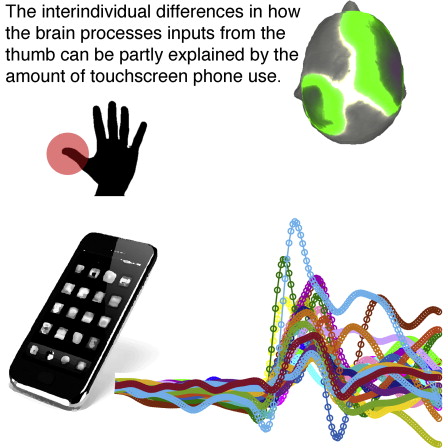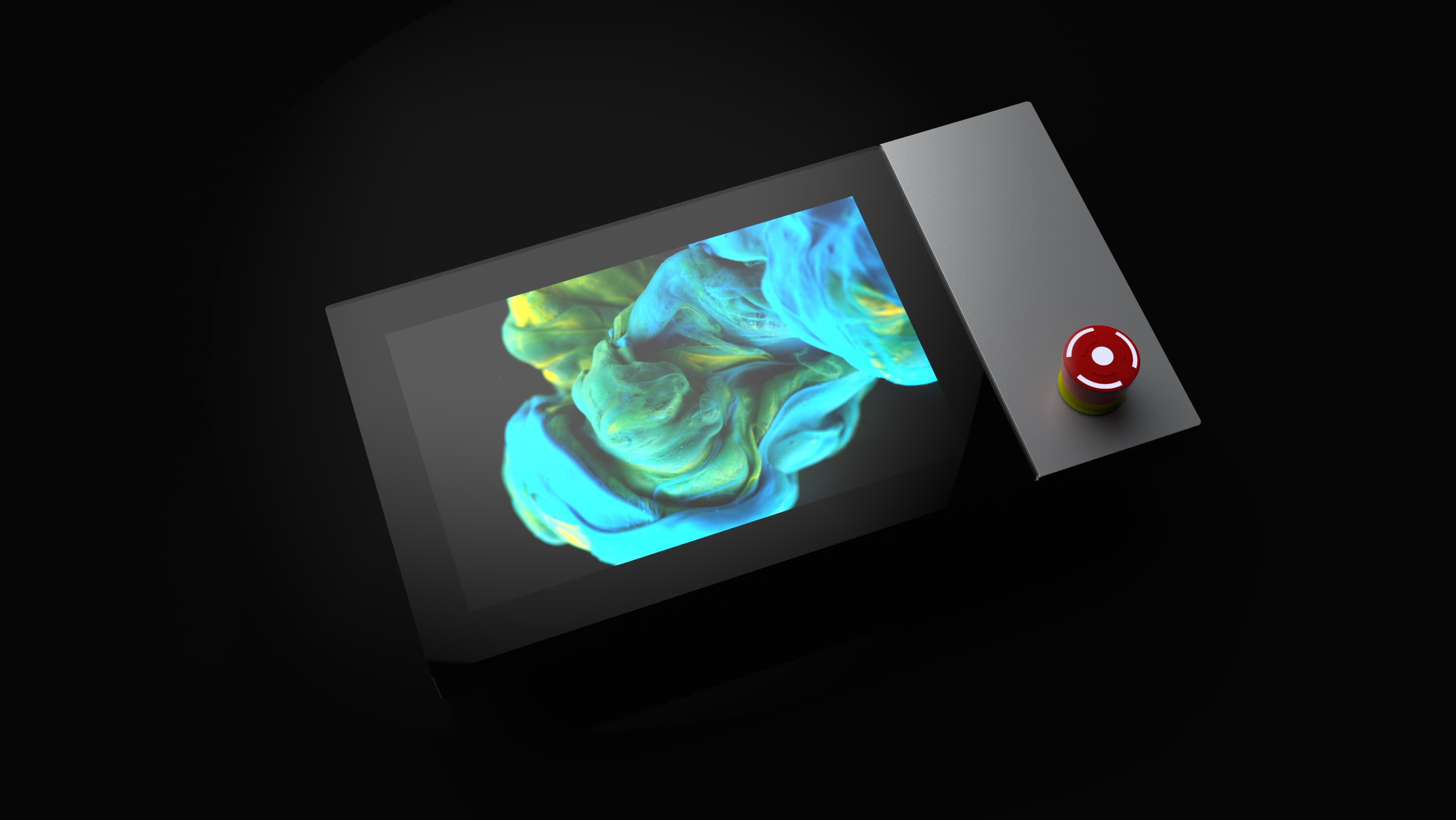A study titled "Use-Dependent Cortical Processing from Fingertips in Touchscreen Phone Users", published in December 2014 by Cell Press in the journal "Current Biology", has shown that people who spend a lot of time interacting with their smartphones via touchscreens develop a different way of working together between the thumb and the brain.
Frequent touchscreen interaction promotes brain activity
The more often these people come into contact with the touchscreen using their fingertips and thumbs, the greater the brain activity during this time.

The study clarifies the following points:
- Smartphone users have an extended thumb sensory representation in the brain.
- Brain activity is proportional to the accumulated effort of the last 10 days.
- An episode of intensive use is temporarily "printed" onto the sensory representation.
- The sensory processing in the brain adapts to the use of the touchscreen depending on the benefit.
If you would like to know more details about the study, you can find it at the URL of our reference.

